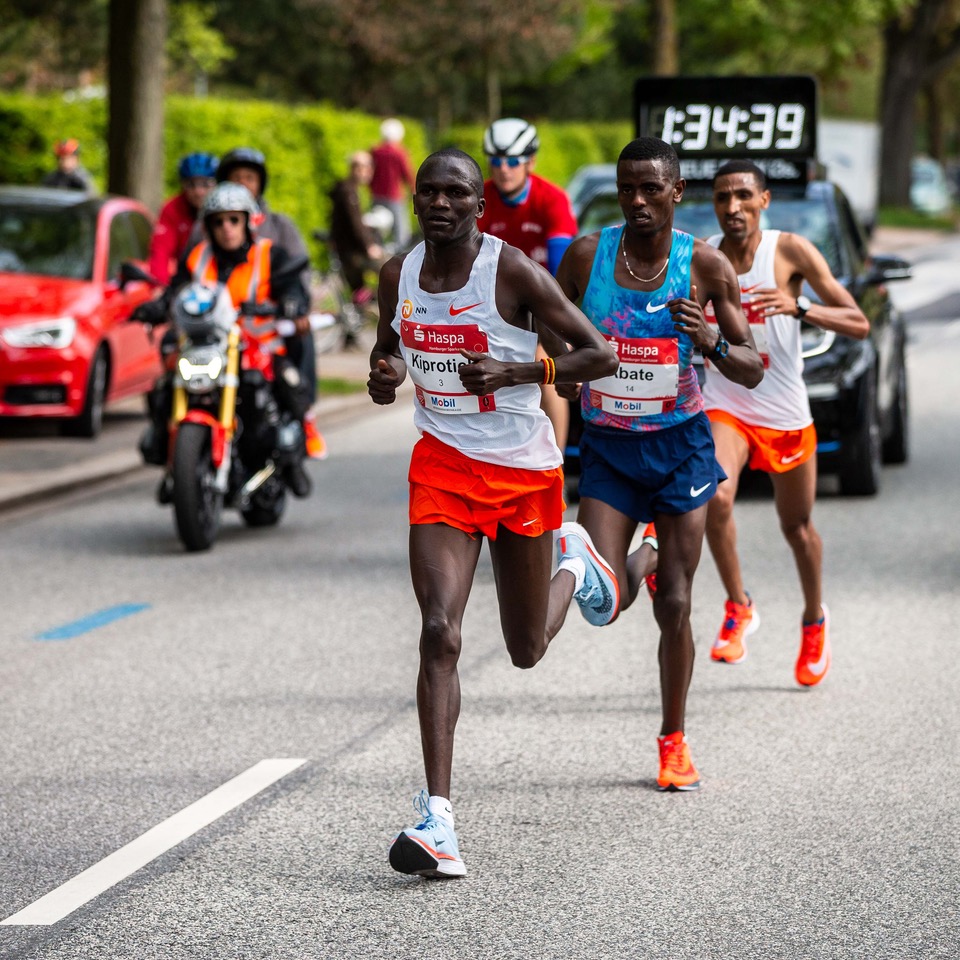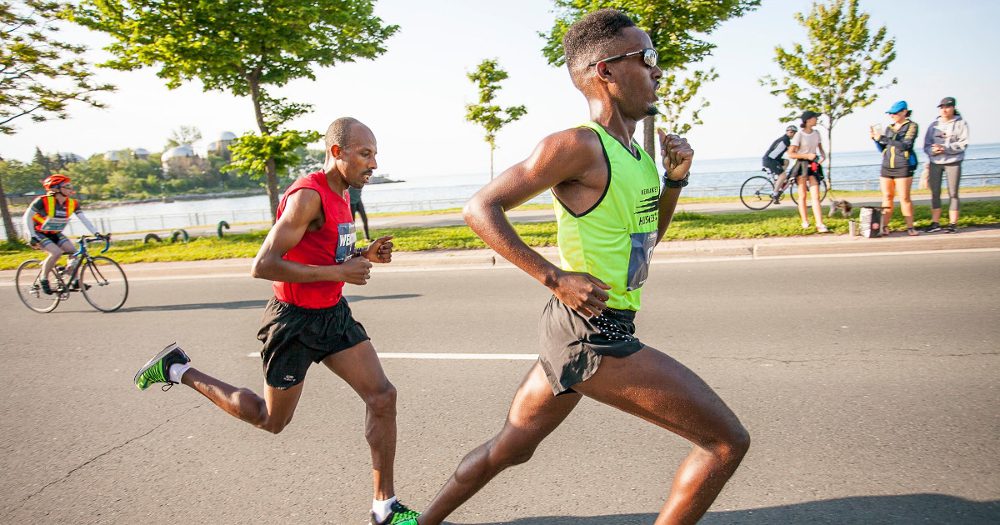The footstrike debate: running on your toes won’t necessarily make you faster
Some research to consider before overhauling the way you run

If you’re a runner, chances are you’ve been advised a least once in your running career that you should change the way your foot hits the ground. Many runners are under the impression that changing their footstrike to a forefoot strike over a heel strike will improve their performance and reduce injury. The word heel strike alone can cause runners to cringe.

RELATED: Would you wear a shoe without a heel?
Joseph Hamill, author of the paper, Is changing footstrike pattern beneficial to runners? examined footstrike in runners and found that, “changing to a mid- or forefoot strike does not improve running economy, does not eliminate an impact at the foot-ground contact, and does not reduce the risk of running-related injuries.”
He stated in his abstract, “The major reasons often presented for changing your stride are it’s more economical, there is a reduction in the impact peak and loading rate of the vertical component of the ground reaction force; and there is a reduction in the risk of running-related injuries.”

Running economy is one of the key physiological markers of distance performance and is defined by the British Medical Journal as “the aerobic demands of running, or the relationship of oxygen consumption and and running speed.” Runners with similar aerobic capacity, but a difference in running economy will likely see a discrepancy in their results.
Hamill references a study by Gruber et al where heel and forefoot strikers were asked to run with the opposite striking pattern. The study found: “In the rearfoot group, performing a forefoot strike increased oxygen consumption to a large enough degree that habituation would not eventually result in forefoot running becoming more economical.” When natural heel strikers were asked to run on their toes, the change was too drastic to results in improved performance.

RELATED: For maximum efficiency, run on autopilot
Runners are also promised a reduction of running-related injury if they change their footstrike, but Hamill suggests that this topic needs more exploration. “In fact, it may be that the change in footstrike may result in stressing tissue that is not normally stressed when running with one’s habitual pattern, thus leading to the possibility of incurring a secondary injury.”
Changing footstrike can be beneficial to some, but on the whole, it isn’t a cure-all for running performance or injuries. Hamill concludes that, “Changing one’s footstrike to a mid- or forefoot strike may be beneficial to some but, based on the current biomechanical, physiological, and epidemiologic literature, it should not recommended for the majority of runners, particularly those who are recreational runners.”


